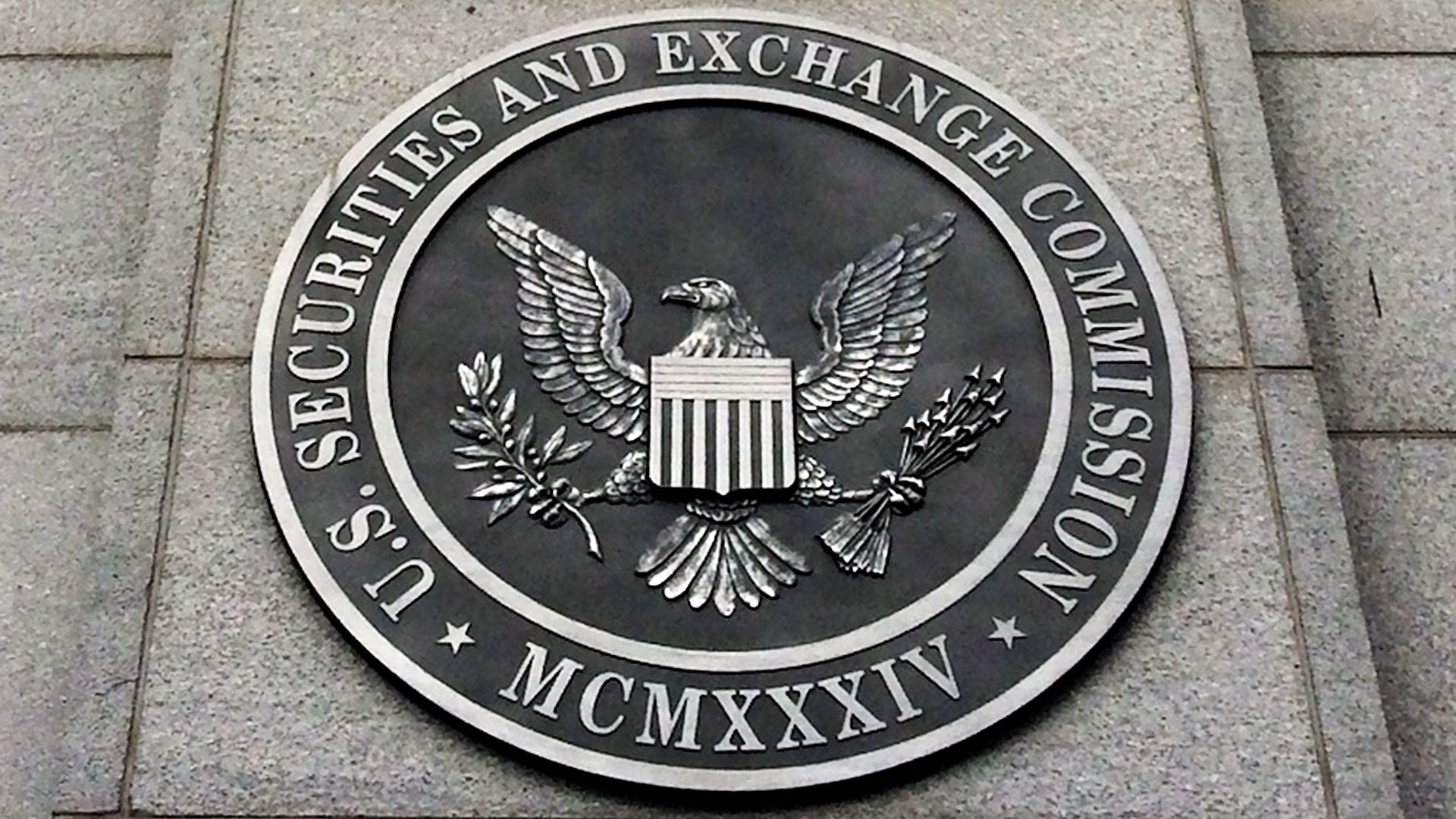Uncategorized
Bitwise Files To Launch Dogecoin ETF

Crypto asset manager Bitwise has uploaded documents to launch an exchange-traded fund (ETF) tied to the price of dogecoin (DOGE), a filing with the US. Securities and Exchange Commission on Tuesday shows.
The filing, an S-1 document, is a requirement for companies seeking to issue a new security and be listed on a public stock exchange.
Earlier this month, investment managers Rex Shares and Osprey Funds filed paperwork for several crypto ETFs, including dogecoin among other memecoins.
However, Bitwise’s filing differs in that it is filed under the ‘33 Act as opposed to the 40 Act, which Rex and Osprey filed under, Bloomberg Intelligence senior ETF analyst Eric Balchunas pointed out.
S-1s filed under the ‘33 Act are typically used for niche, commodity-based ETFs while filing under the 40 Act provides stronger investor protection as it requires the issuer to meet further SEC rules. The 40 Act, for example, limits leverage and short-selling and requires stricter fiduciary oversight and governance, among other things.
Bitwise is the issuer of several crypto ETFs and has several applications pending, including one for an XRP (XRP) ETF.
While the S-1 documents is a first step in launching an ETF, the more crucial filing is the 19b-4, which is required to signal a requisite rule change at the stock exchange seeking to list the investment and ties the SEC to a strict deadline.
While memecoin ETFs were a nearly unthinkable investment vehicle under Gray Gensler’s SEC, which gave issuers a hard time launching a spot bitcoin ETF, the possibility of such funds now seems more likely than ever after the inauguration of President Donald Trump.
Not only has Trump promised crypto-friendly policies, but after the launch of his own memecoins, TRUMP and MELANIA, it’s become clear that the President himself is a fan of memecoins.
Uncategorized
Elon Musk vs. the regulators
Welcome back to TechCrunch Mobility, your hub for all things “future of transportation.”
Uncategorized
Nvidia’s AI empire: A look at its top startup investments
Over the last two years, Nvidia has used its ballooning fortunes to invest in over 100 AI startups. Here are the giant semiconductor’s largest investments.
Uncategorized
Dating app Cerca will show how Gen Z really dates at TechCrunch Disrupt 2025
Cerca is a dating app that sets users up with mutual friends.
-

 Business12 месяцев ago
Business12 месяцев ago3 Ways to make your business presentation more relatable
-

 Fashion12 месяцев ago
Fashion12 месяцев agoAccording to Dior Couture, this taboo fashion accessory is back
-

 Entertainment12 месяцев ago
Entertainment12 месяцев ago10 Artists who retired from music and made a comeback
-

 Entertainment12 месяцев ago
Entertainment12 месяцев ago\’Better Call Saul\’ has been renewed for a fourth season
-

 Entertainment12 месяцев ago
Entertainment12 месяцев agoNew Season 8 Walking Dead trailer flashes forward in time
-

 Business12 месяцев ago
Business12 месяцев ago15 Habits that could be hurting your business relationships
-

 Entertainment12 месяцев ago
Entertainment12 месяцев agoMeet Superman\’s grandfather in new trailer for Krypton
-

 Entertainment12 месяцев ago
Entertainment12 месяцев agoDisney\’s live-action Aladdin finally finds its stars


